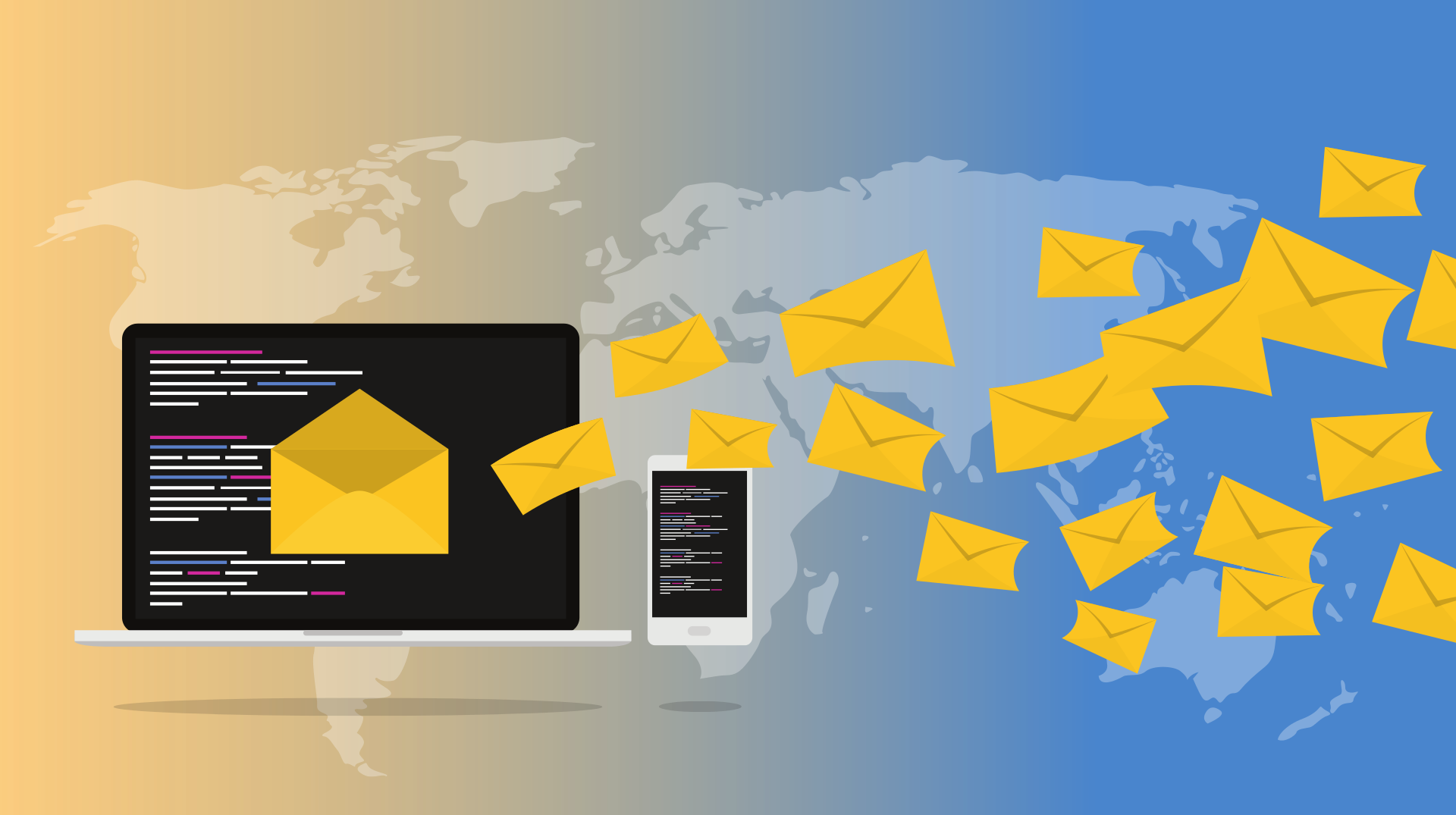Want to get more leads to grow your business?
As a growing brand, it’s crucial to get more prospects while retaining your current clients. Poor service could risk you losing them to millions of other competitors. A good way to retain your customer base is to send them a personal touch email.
However, how can you send a personalized email to hundreds of clients?
The answer is through a professional email autoresponder. It gives your clients a more welcoming feel whenever they interact with you. Read on and learn how to make the perfect lead generation strategy:
What Makes a Professional Email Autoresponder?
Autoresponders are email marketing messages sent to subscribers. Depending on your preferences, these emails get sent in a certain order and frequency. It’s versatile, meaning you can use it in various ways.
You can use it to welcome your prospects when they sign up for your email list, for example. It’s the most common autoresponder around—one you’re likely familiar with. It usually comes with gifts while setting expectations for your content.
However, you’re missing out on a huge opportunity if it’s the only autoresponder you use. You have more reasons to make more autoresponder messages. You can use it to develop your email marketing campaign further.
You can show off your best content to your clients. It helps them get a consistent, high-value experience. You can mention relevant offers while sounding professional.
This allows you to build trust and make a great first impression on new subscribers.
The Five Important Parts of an Email Autoresponder
It’s easy to set your email out-of-office or vacation reply. However, each autoresponder element determines how effective your email is. Here are the components you must pay attention to:
1. Subject Line
It’s the first component customers will notice. They will see it before they even open your email. It must serve to make customers want to open the email. It means giving them a good reason to do it, especially when they’re not familiar with you yet.
Sending autoresponders allows you to make your customers feel comfortable and reassured. While you can’t immediately respond to their request, an autoresponder is there. It’s like telling them not to worry because you’re working on things.
However, a simple “we got your support request” can only get you so far. It isn’t endearing to your customers. It’s also not compelling enough for customers to open with any urgency.
Avoid this by writing an informative and compelling subject line. For example, a simple reword like “Thanks for getting in touch. Here’s what you can expect next…” can deliver better. You thank them for reaching out while setting expectations.
2. The Opener
This is the first line greeting your customer when they open your email. The best way to greet someone is by mentioning their name. Recent studies show that our brain lights up when we hear or read about our names.
You can use help desk software to insert your customer’s name into your autoresponder email. Don’t hesitate to learn more about this here. Otherwise, you must have a fallback greeting if you can’t get their name.
When this happens, you must think about your opener’s right tone. It depends on your industry and target audience. “Dear Sir/Madam” has a huge difference in tone compared to “Hi there.”
Regardless, it would be best to think about what your customers want. A good and simple method is to ask some of them directly.
3. The “Thank You”
When a customer complains, dozens of others likely have the same problem. Some consumers even skip the complaints. Instead, they stop using your business and look for another company.
If you resolve a single customer’s problem, it could make the silent ones happy too. It’s a great opportunity for you to give a better service. To incentivize these reports, thank your customer and give them a gift.
When you thank them for reaching out, you encourage them to find ways to improve your service. It’s easy to show your gratitude using autoresponder emails.
4. The Body
The body must convey the reason you’re sending the autoresponder email. In this instance, you’re letting your customer know you got their request. At the same time, it makes them feel that they’re going to get help soon.
It’s because the body sets expectations. It lets them know when and how they’ll hear back from you. If you have specific business hours for support, mention it to let them remember next time.
To stay reputable, you must follow through with your promises. You need not solve your customer’s problems when the appointed time arrives. The least you can do is promise an update to let them know you’re working hard.
Delivering on your promise keeps your customer updated about their support request. It also makes them trust you more since you cared enough to update them.
5. Email Signature
This autoresponder email component is your final chance to thank your customer. It’s your last opportunity to put some tone into your email. You might even get a chance to introduce yourself by name.
Always aim to foster gratitude and personal connection. A simple “thanks” or “cheers” can make customers feel connected.
If you want your signature to have more meat, add some optional signature elements. If you have customers that need immediate help, add your phone number. As stated above, set proper expectations about the phone number hours.
Consider adding your social media links to increase user engagement. However, do this only when you can handle support requests using those platforms.
Make a Professional Email Today
These are some of the email elements you must optimize for your professional email autoresponder. Never settle for generic email templates and invest in proper desk help tools. It will ensure your audience gets the personalized experience they crave.
Interested in improving your email marketing campaign? Check out our other guides to learn how to make the most of your marketing efforts.
